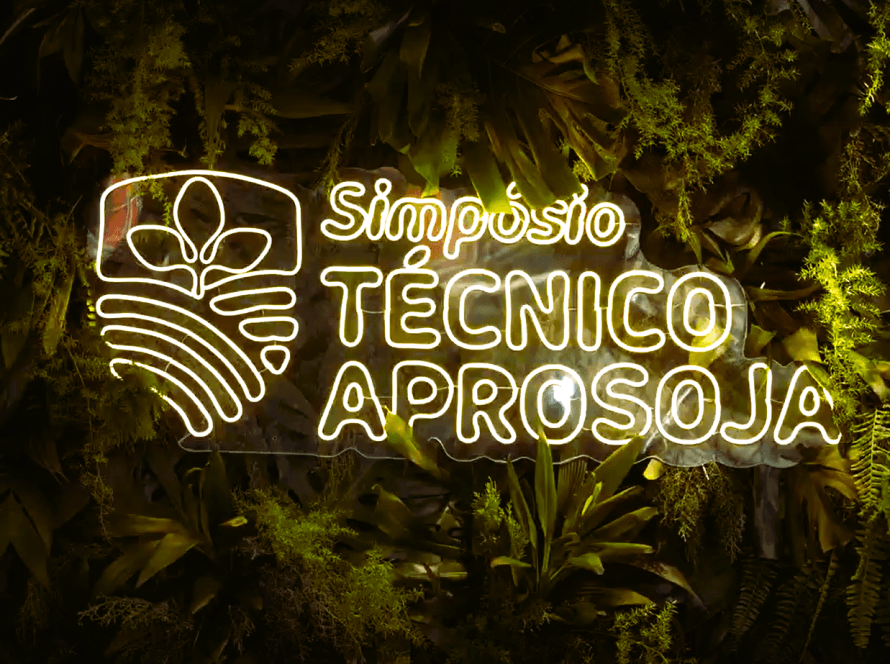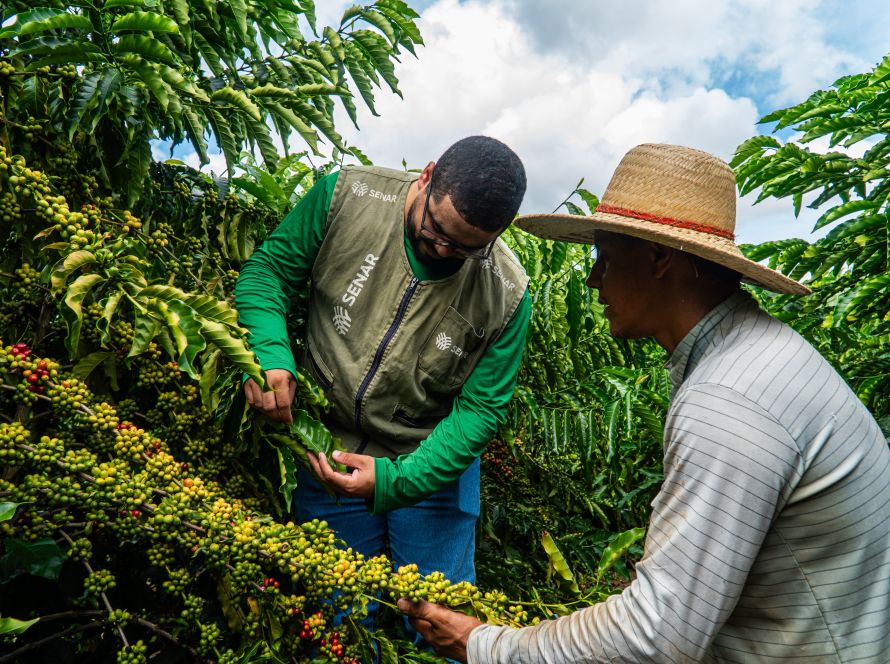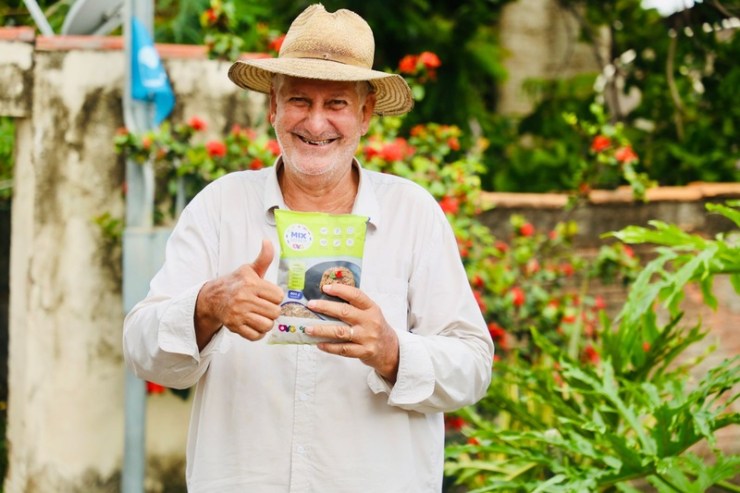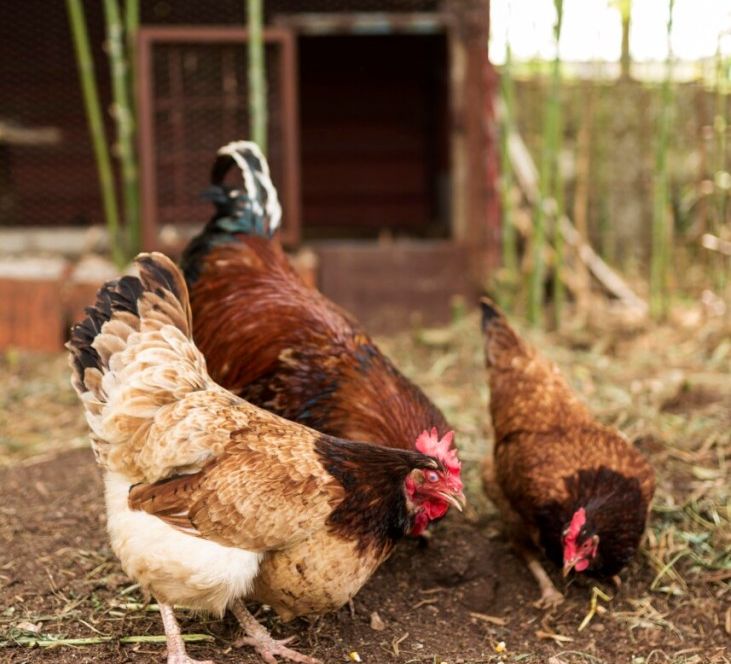"The sanitary break is the most effective barrier we have against Asian rust. It interrupts the fungus's cycle and gives producers a safer start to the harvest," says Leonardo Machado, manager of the Institute for Strengthening Agriculture in Goiás (IFAg). This Wednesday (September 24th), the 90-day ban on live soybean plants in Goiás, which began on June 27th, ends, allowing sowing in the field as of this Thursday (25).
Asian soybean rust, caused by the fungus Phakopsora pachyrhizi, is considered the most severe soybean disease. Highly aggressive, it can drastically reduce productivity if left unchecked. The fungus spreads through the wind and finds an ideal environment in so-called "volunteer soybeans" to survive between harvests.
According to Leonardo Machado, eliminating these plants during the off-season is crucial. "When there are no hosts in the field, the number of inoculants decreases, preventing earlier disease contamination. This guarantees producers a larger safety window at the beginning of the cycle and less need for early fungicide applications," he explains.
In addition to adhering to the calendar, farmers must register their crops with the Goiás Agricultural Defense System (Sidago). The deadline is 15 days after the end of sowing, or January 17, 2026.
When registering, producers must provide information such as planted area, type of crop (rainfed or irrigated), cultivar used, planting and harvest dates, and geographic coordinates. It is also mandatory to register the seed supplier's CNPJ (Brazilian Corporate Taxpayer Registry) or indicate whether the seed was produced in-house.
For Machado, this control is crucial for the state's phytosanitary management. "The crop map supports more efficient monitoring and strengthens prevention efforts against pests and diseases," he adds.





